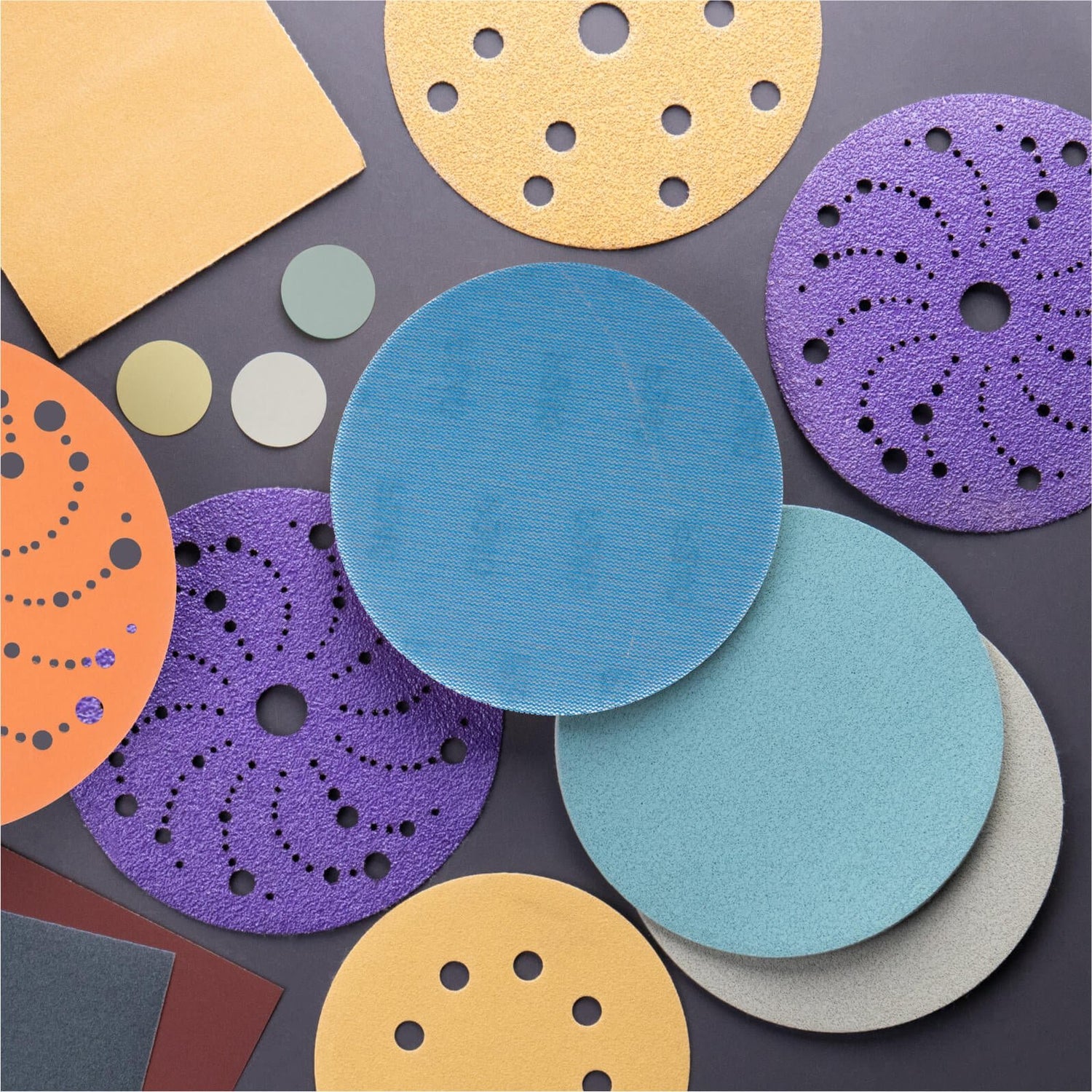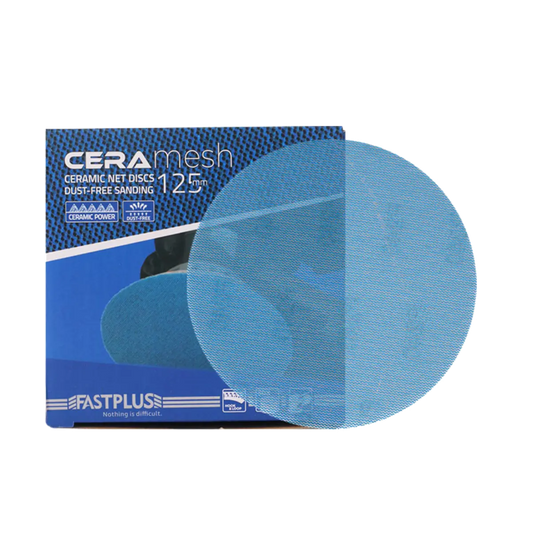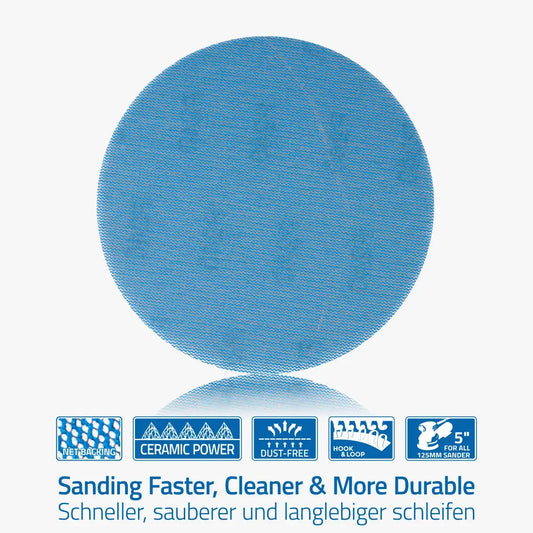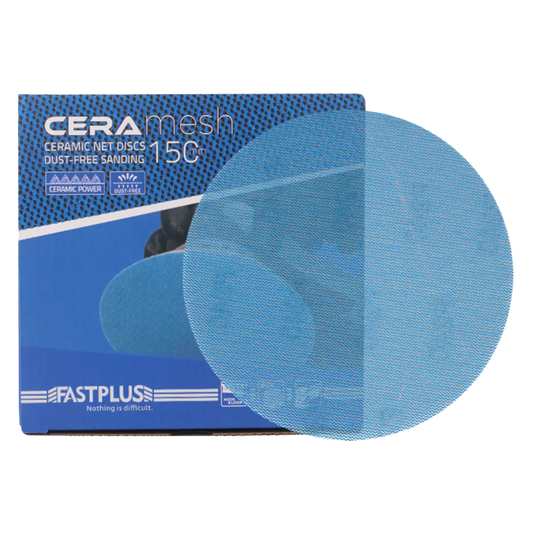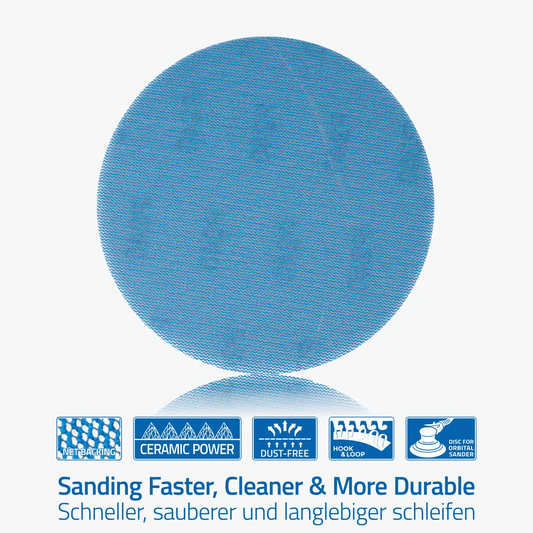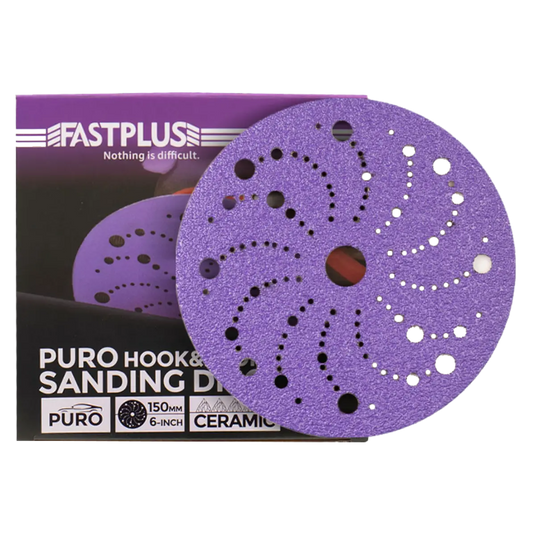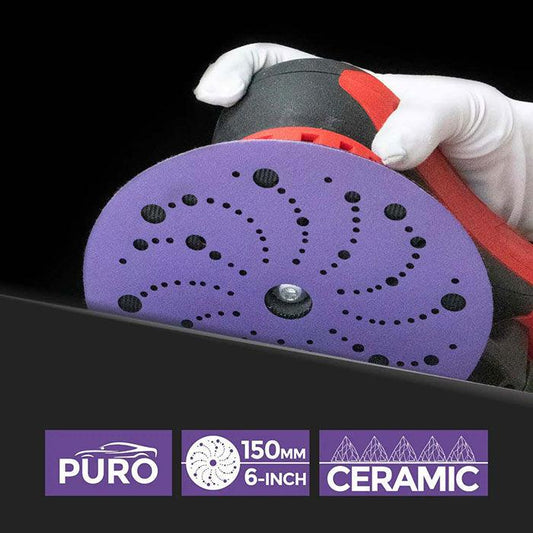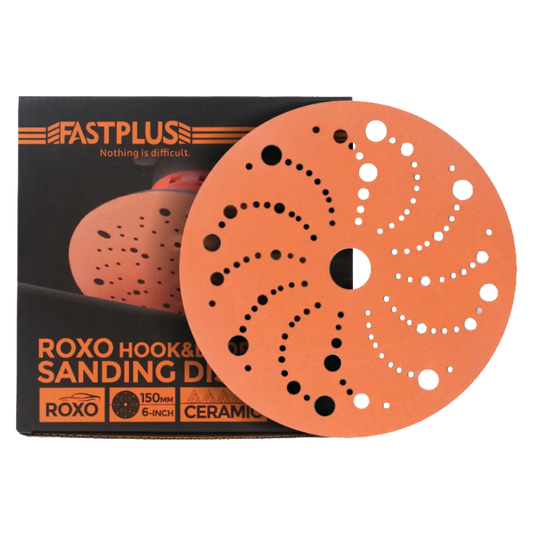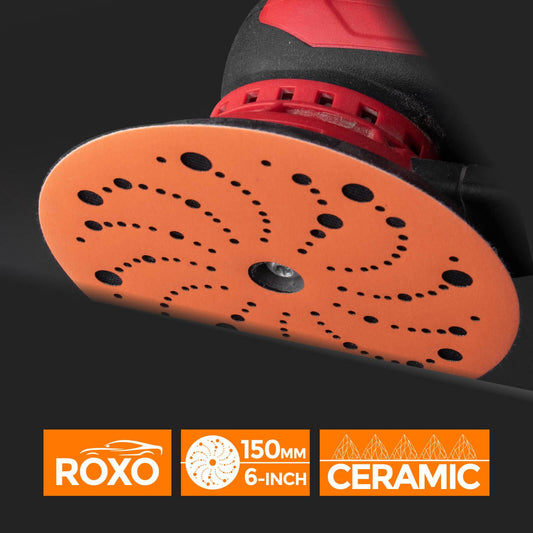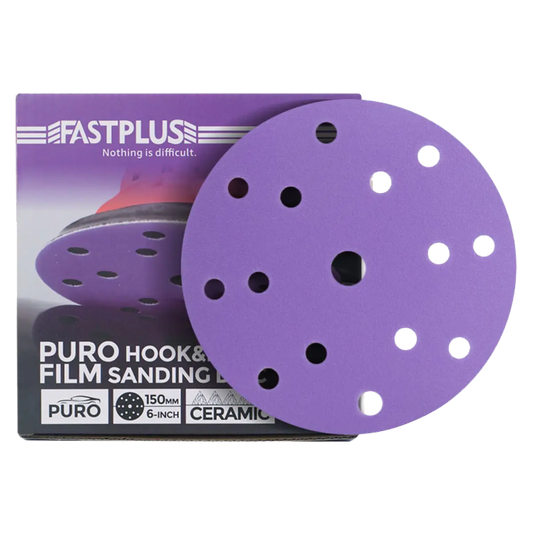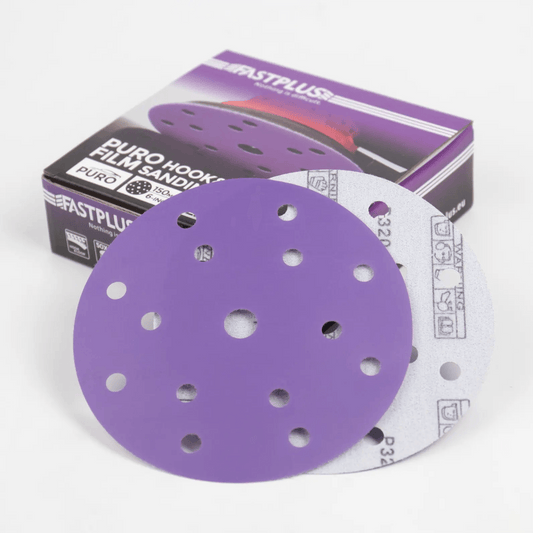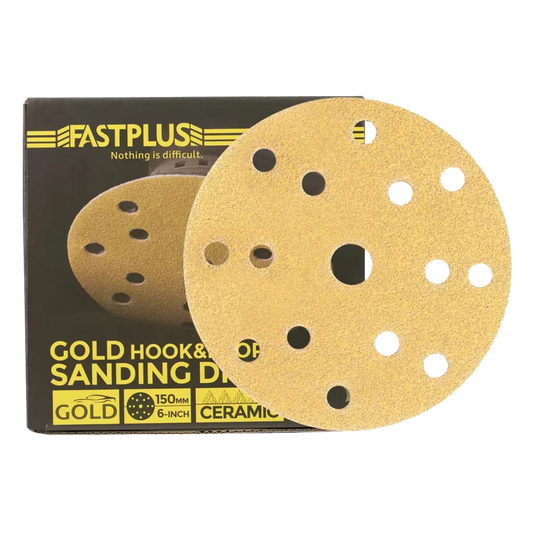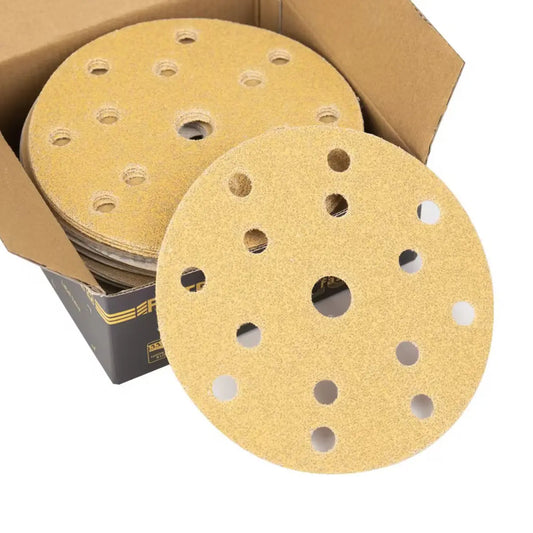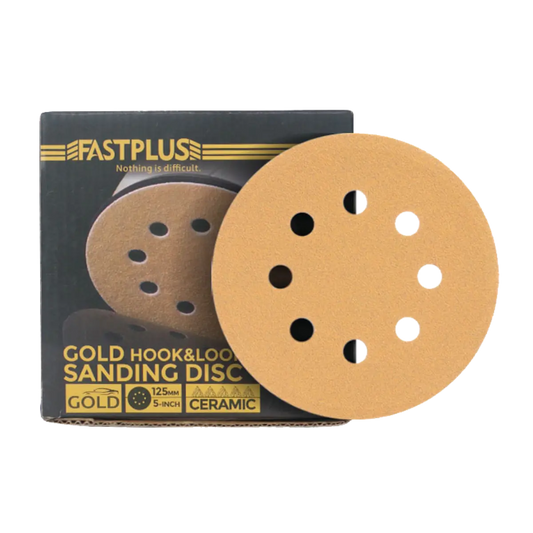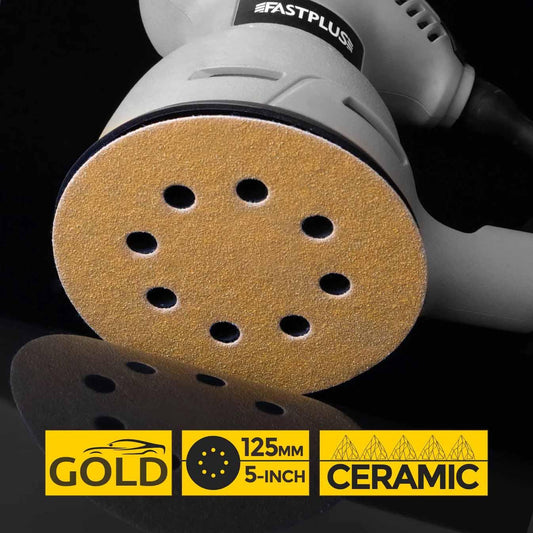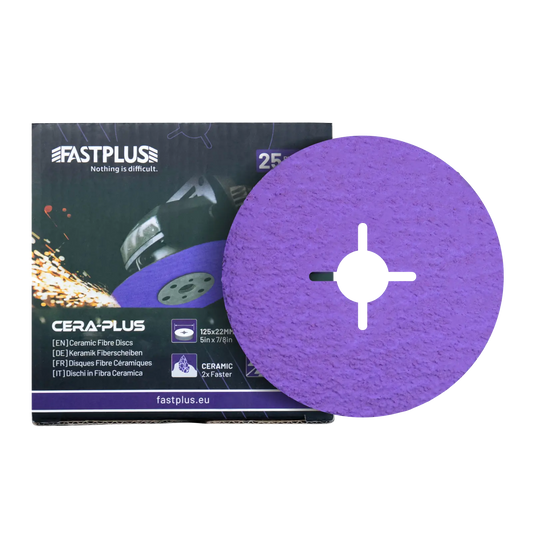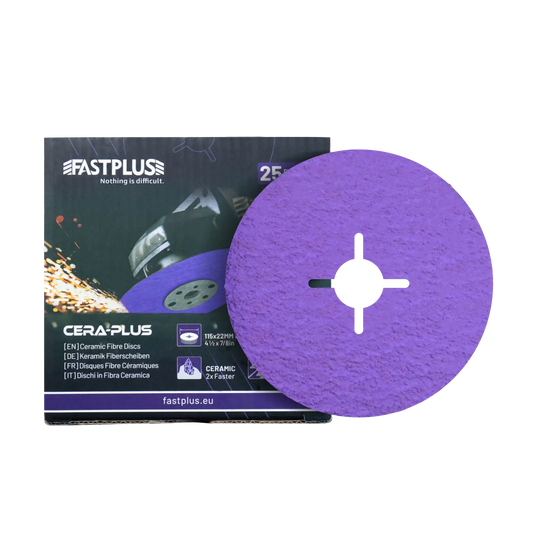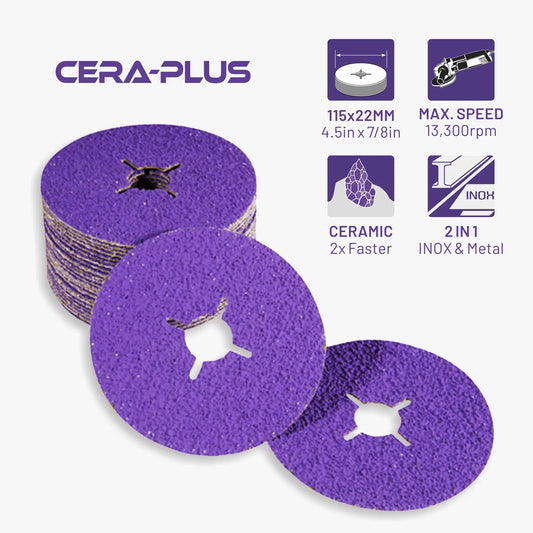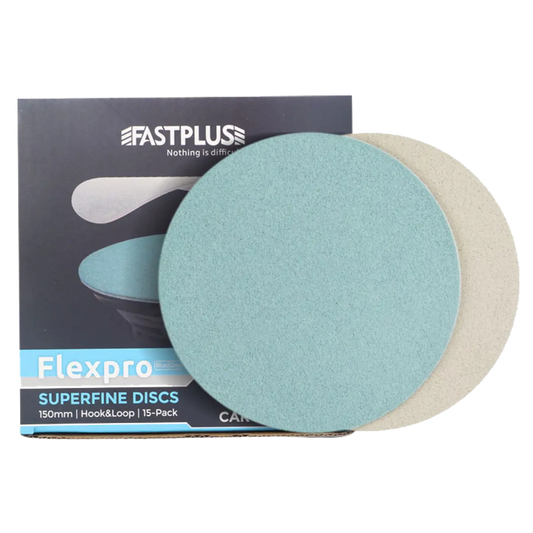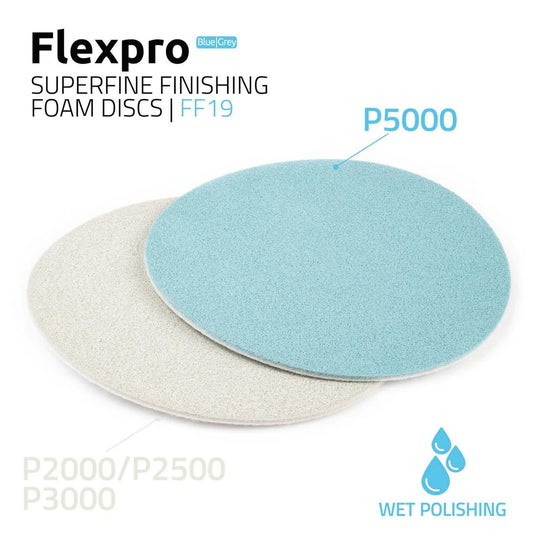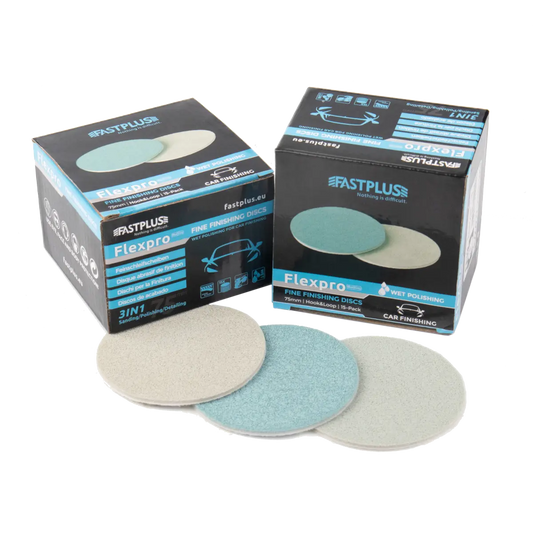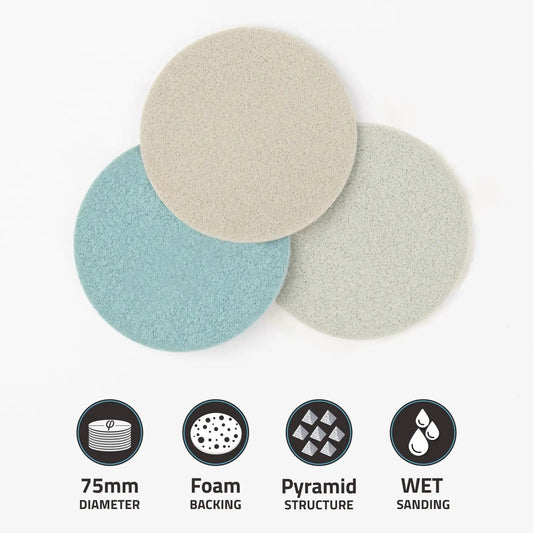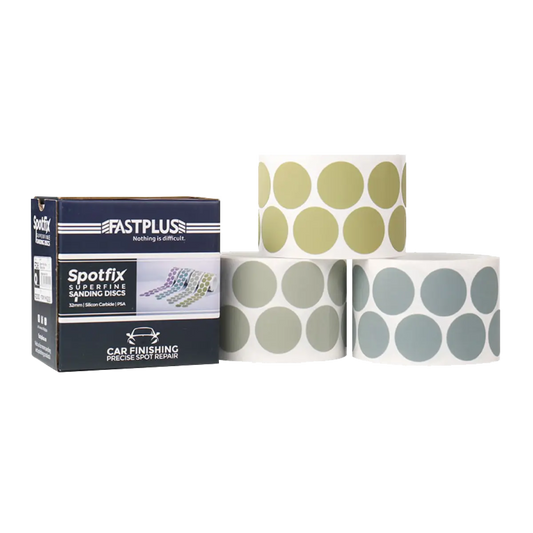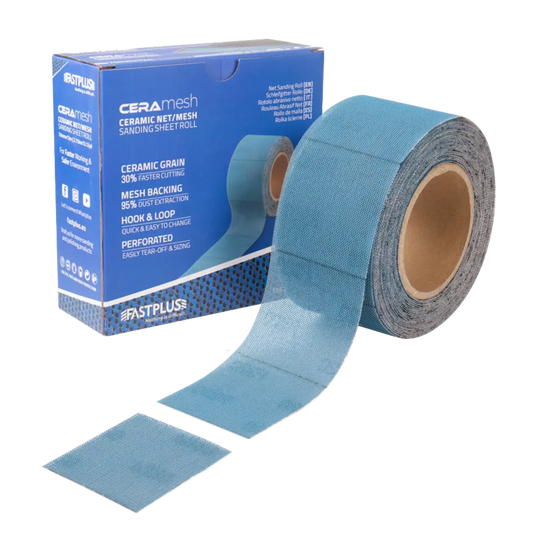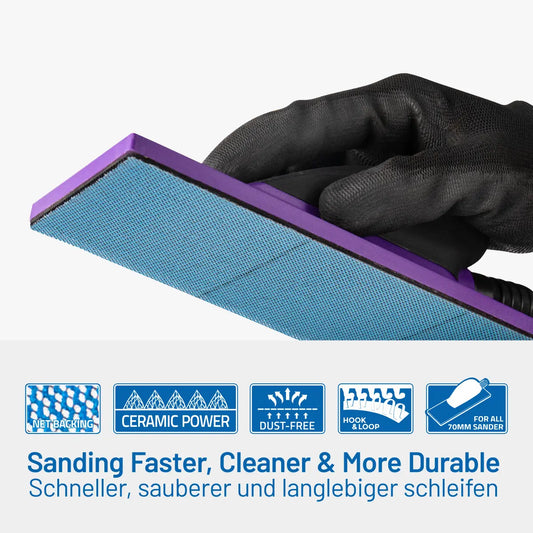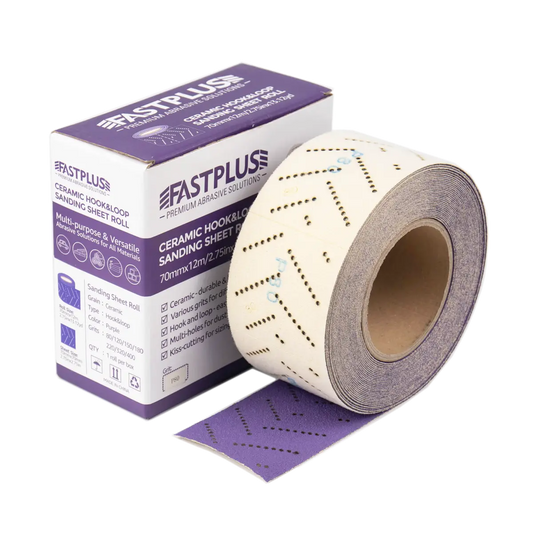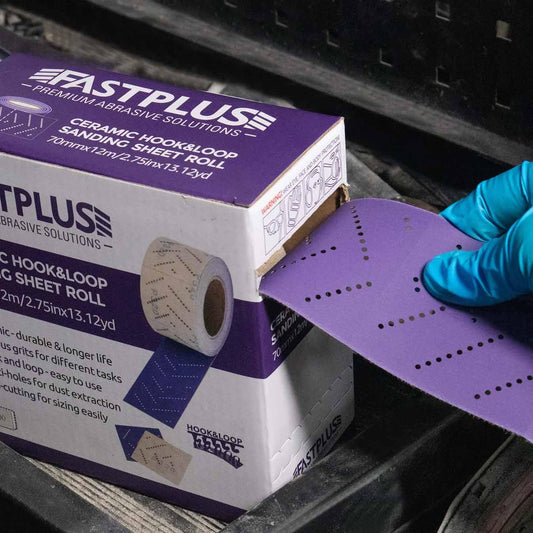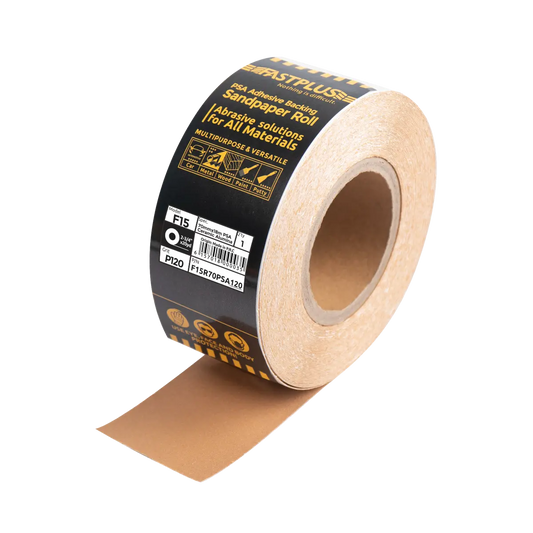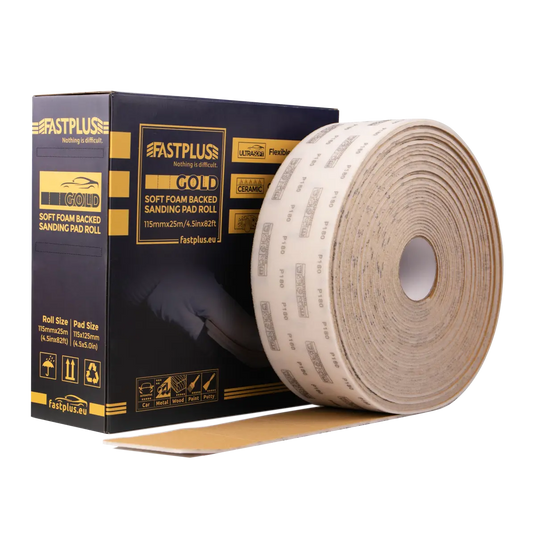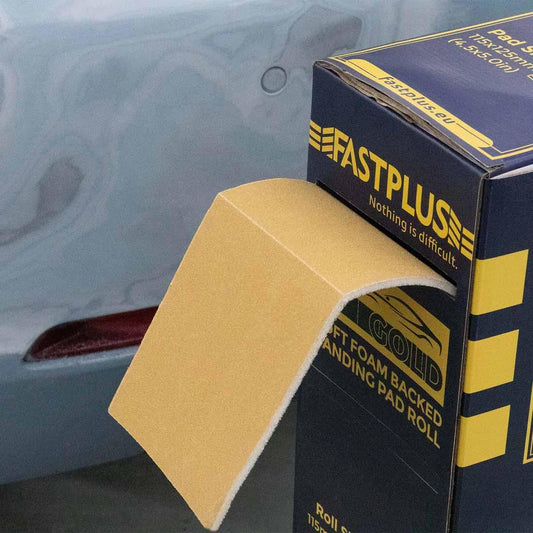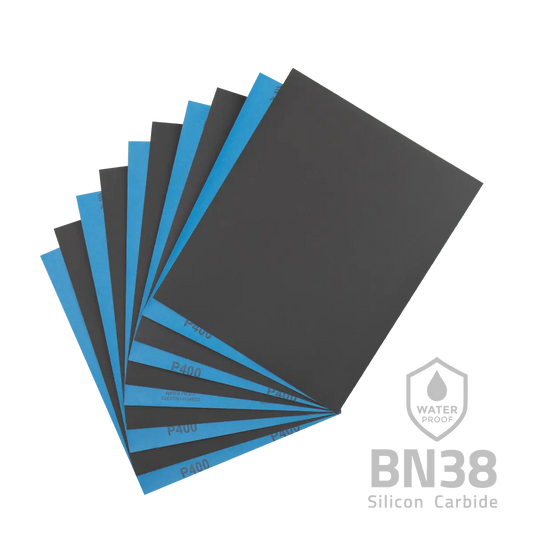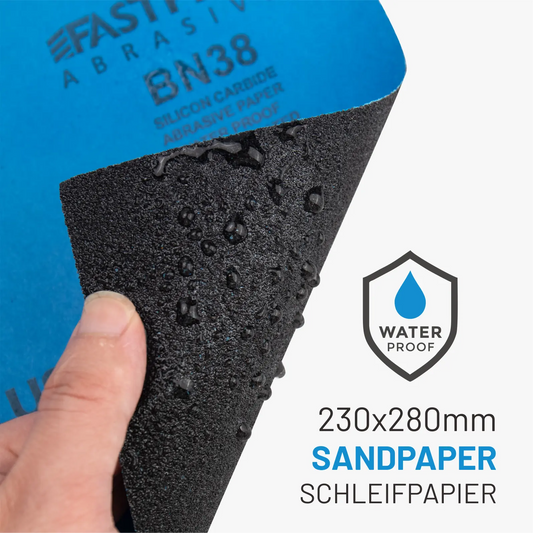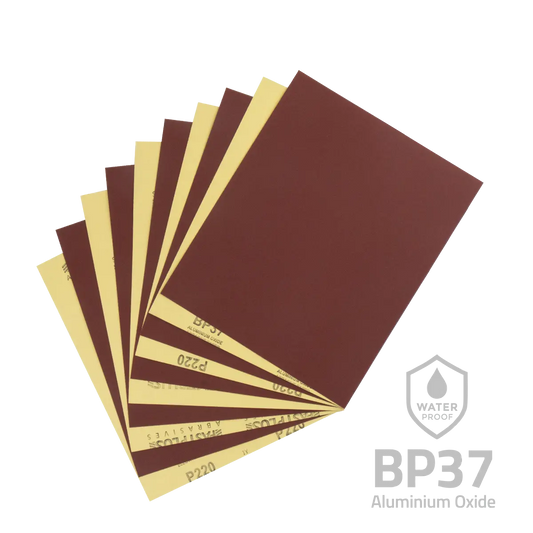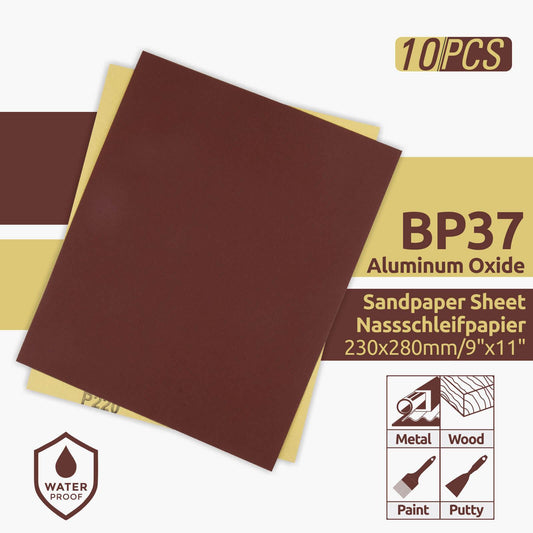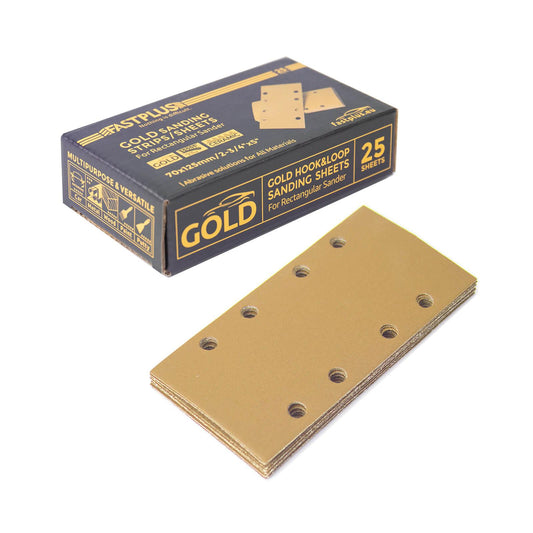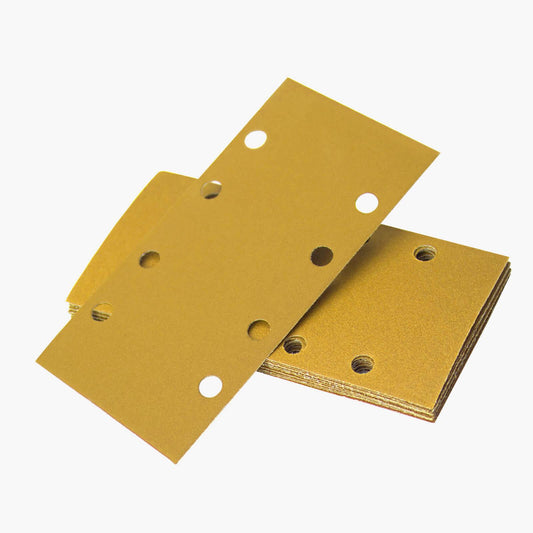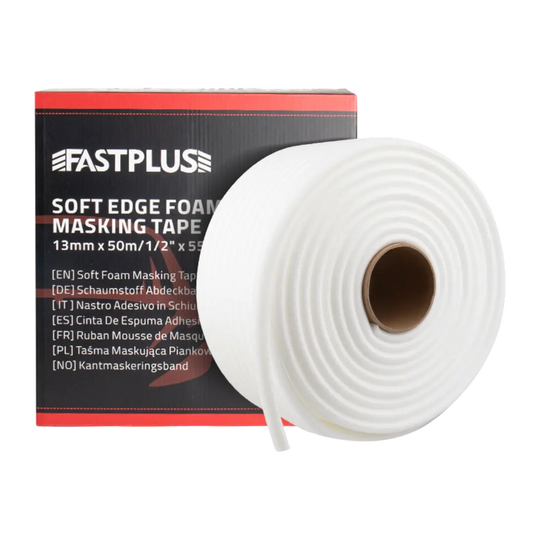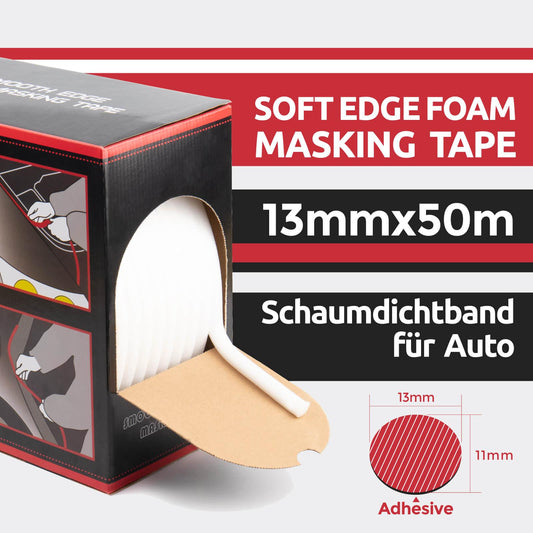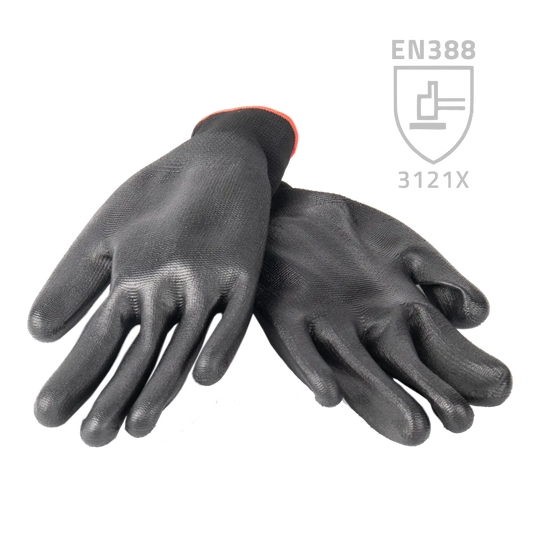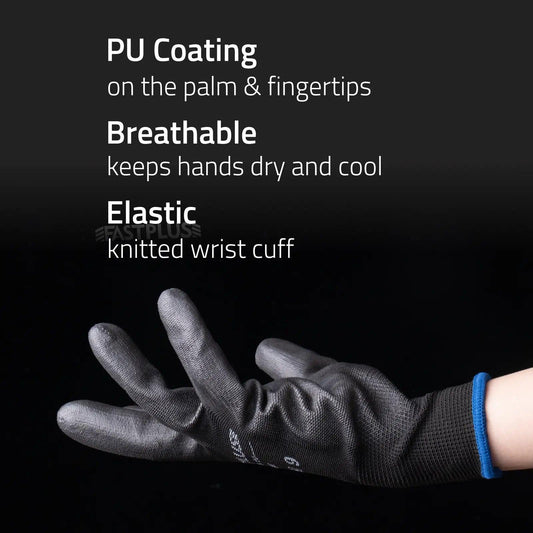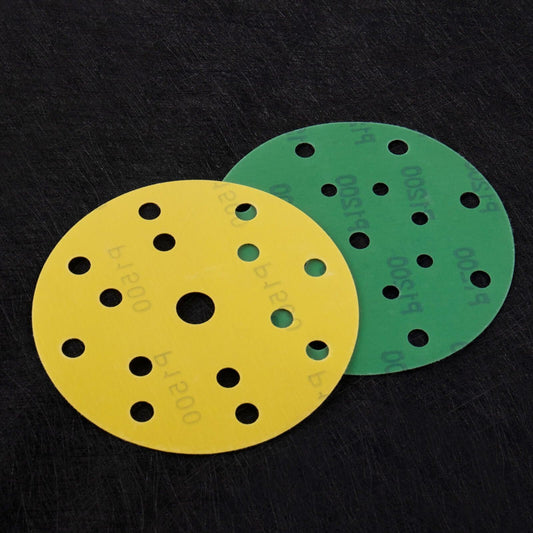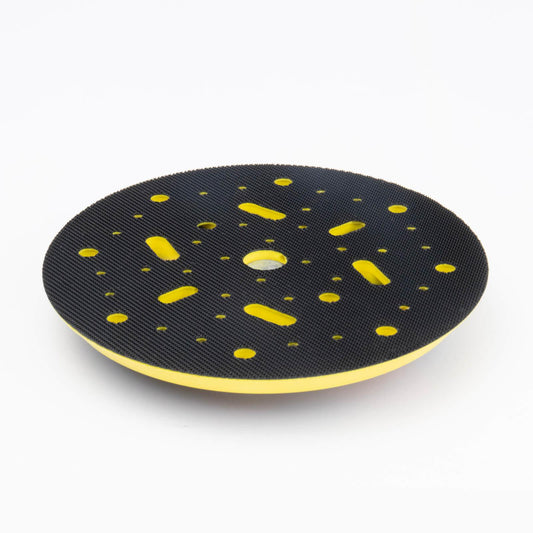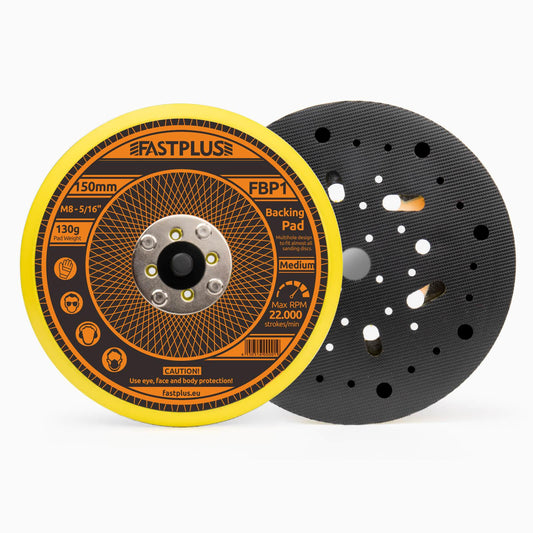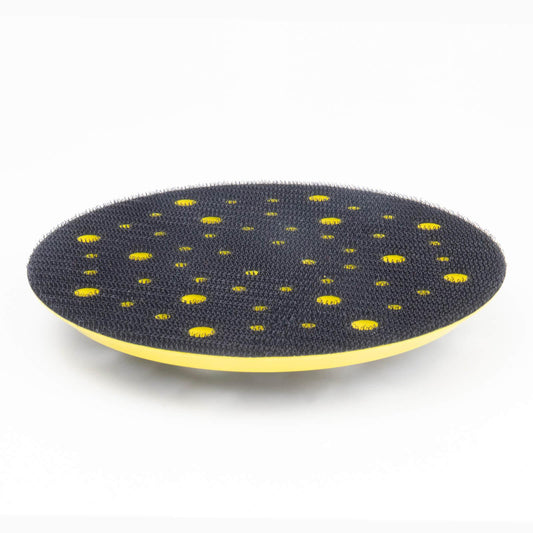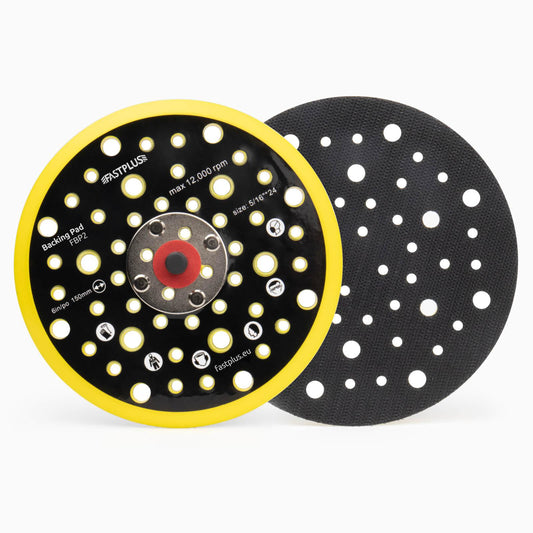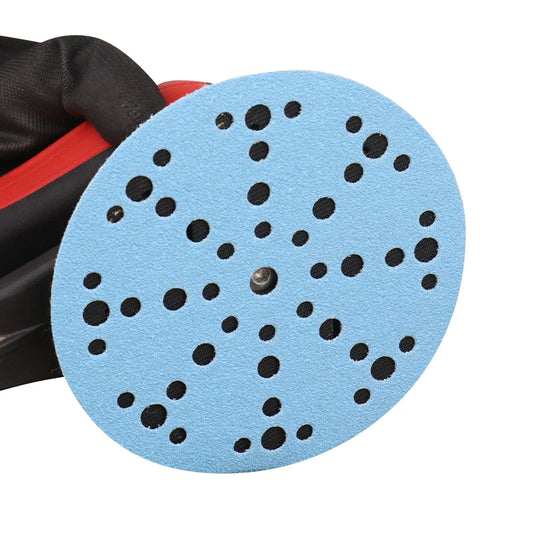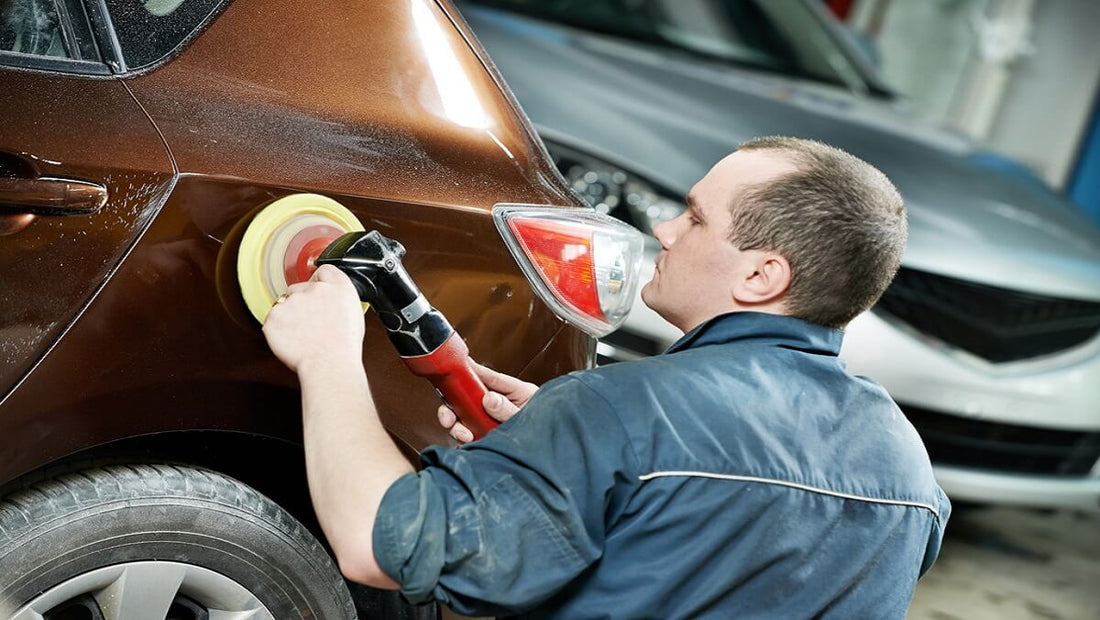
How to Remedy Different Levels of Over-Sanding in Car Paint Refinishing?
In the field of automotive detailing, achieving the perfect paint finish is a skill. However, the common pitfall of over-sanding can mar this craftsmanship. This blog explores the nuances of remedying varying degrees of over-sanding, offering practical insights to restore your car's luster and preserve its aesthetic allure.
Importance of a Smooth and Even Paint Surface
A flawlessly smooth and even paint surface is not merely a visual preference; it plays a pivotal role in the overall aesthetics, durability, and value of a vehicle.
Enhanced Aesthetic Appeal: Beyond the obvious visual pleasure, a smooth surface allows the paint to showcase its intended color, finish, and any special effects, contributing significantly to the car's overall aesthetic appeal.
Light Reflection Quality: A sleek paint surface exhibits consistent light reflection, showcasing the paint's true vibrancy while imparting depth and character to the vehicle's aesthetic.
Durability and Resistance: The uniformity of the paint acts as a protective shield, warding off environmental elements. This defense mechanism prevents water, dirt, and contaminants from settling into irregularities, ensuring longevity for both the paint job and the underlying metal.
Ease of Maintenance: The upkeep of a smooth surface is notably simpler, minimizing the risk of scratches, stains, or other imperfections that tend to accumulate on uneven surfaces.
Preservation of Resale Value: Prospective buyers often scrutinize a vehicle's paint condition as a reflection of overall care. A well-maintained, smooth paint surface contributes positively to the vehicle's resale value.
The Role of Sanding in the Painting Process

Sanding is a foundational step in the automotive painting process, with far-reaching implications for the quality and longevity of the paint job.
Surface Preparation: Prior to the application of paint, the process of sanding with sandpaper for car paint is indispensable. This technique, predominantly applied to substrates like metal, involves crafting a textured surface. This textural element plays a pivotal role in facilitating superior adhesion, thereby establishing a foundation where subsequent layers of paint can seamlessly bind.
Leveling Imperfections: The act of sanding serves as a key player in smoothing out various imperfections that may mar the surface—ranging from scratches and dents to unevenness. By doing so, it bestows upon the canvas a consistent texture, ensuring the paint adheres uniformly.
Promoting Adhesion Between Layers: Properly sanded surfaces enhance the cohesion between the layers of primer, basecoat, and clear coat. This promotes a strong bond, preventing issues like delamination and ensuring the paint job's overall integrity.
Optimizing Paint Application: A well-sanded surface provides the ideal substrate for paint application. It allows for consistent coverage, minimizing the likelihood of splotches or uneven distribution of color.
Quality Assurance: Sanding is a critical quality control measure, ensuring that the surface is free of defects before the application of paint. This step is essential for achieving professional-grade results and a finish that meets industry standards.
Recognizing Over-Sanding Issues
Over-sanding, a common challenge in automotive finishing, leaves distinct traces on your car's paint that, if overlooked, can compromise both its appearance and protective qualities. These signs serve as indicators of potential over-sanding:

Uneven Paint Texture:
When running your fingers across the painted surface reveals an irregular texture, it's a clear signal of over-sanding. The once-smooth surface now feels rough and uneven, suggesting that excessive sanding has removed more paint layers than necessary, impacting the overall tactile quality of the finish.
Loss of Clear Coat:
A more subtle yet critical sign of over-sanding is the loss or significant reduction of the clear coat. This outermost layer is vital for protecting the underlying paint layers and contributing to the glossy finish. Areas, where the clear coat is visibly absent, leave the paint vulnerable, making it susceptible to environmental elements and premature wear.
Dull or Patchy Appearance:
An unmistakable sign of over-sanding is the diminished vibrancy and gloss of the paint. Instead of the once lustrous finish, certain areas may appear dull or patchy. This occurs when the top layer of the clear coat is compromised or removed, diminishing the paint's reflective properties and overall aesthetic appeal.
Causes of Over-Sanding
The inadvertent act of over-sanding can be attributed to various factors, often stemming from a lack of experience, improper techniques, or hasty practices in the meticulous process of automotive finishing.
Lack of Experience or Improper Technique:
Novice enthusiasts or individuals unfamiliar with the nuances of sanding may inadvertently apply excessive pressure, use incorrect sandpaper grits, or employ improper techniques. The delicate balance required in the sanding process, which involves patience and a steady hand, can be disrupted when undertaken by those lacking experience or proper guidance.
Inadequate Equipment and Tools:
The choice of sanding tools and equipment plays a pivotal role in achieving precision. Inadequate or mismatched tools can lead to uneven pressure distribution, erratic sanding patterns, or even the removal of more paint layers than intended. Investing in quality tools appropriate for the task is paramount in avoiding over-sanding pitfalls.
Rushed or Impatient Approach:
In the meticulous world of automotive detailing, impatience can prove detrimental. A rushed approach to sanding, driven by a desire to expedite the process, often results in unintentional over-sanding. Proper preparation and adherence to recommended timelines are essential to prevent impatience from compromising the quality of the paint job.
Common Mistakes Made During the Sanding Process:
Several common mistakes can contribute to over-sanding, including using excessive force, neglecting to change sandpaper grits appropriately, or failing to maintain a consistent sanding pattern. Additionally, overlooking the condition of the sandpaper and neglecting to keep it clean can lead to unintended abrasions, exacerbating the risk of over-sanding.
Repairing Severe Over-Sanding
Addressing severe over-sanding requires a more comprehensive and strategic approach, considering the extent of the damage and the specific characteristics of the affected areas. Here are detailed steps for repairing severe over-sanding:
Surface-level Solutions for Light Damage:
- Begin by thoroughly cleaning the affected area to remove any residual dust or debris.
- Use a fine-grit sandpaper to lightly sand the surface, aiming to level out any minor imperfections.
- Apply a high-quality automotive filler or glaze to smooth the surface further, allowing it to dry completely before sanding again.
Filling in Deep Scratches and Gouges:
- For deeper damage, such as scratches or gouges, use a suitable automotive filler to fill in the affected areas.
- Follow the filler manufacturer's instructions for application, ensuring proper drying time.
- Once dry, use progressively finer sandpaper to level the filled areas, gradually blending them with the surrounding paint.
Reapplying Clear Coat for Extensive Damage:
- In cases where the clear coat has been substantially compromised, consider a complete reapplication.
- Begin by sanding the affected area to remove any remnants of the damaged clear coat.
- Apply a new layer of clear coat evenly, ensuring proper drying time between coats.
Remedies for Mild Over-Sanding
When faced with the aftermath of mild over-sanding, a strategic and careful approach can often restore the paint's integrity and visual appeal. Here are key remedies to consider:
Assessing the Extent of the Damage:
- Begin by thoroughly examining the affected area to gauge the severity of the over-sanding.
- Identify if the damage is limited to the clear coat or if the basecoat has been compromised.
- Understanding the extent of the damage guides subsequent corrective actions.
Using Polishing Compounds to Restore Gloss:
- Select a high-quality polishing compound suitable for automotive applications.
- Apply the polishing compound to the affected area using a clean, soft cloth.
- Work the compound in a circular motion, gradually restoring gloss and smoothing out minor imperfections.
Hand Polishing vs. Machine Polishing:
- Hand polishing allows for precise control and is suitable for smaller, localized areas.
- Machine polishing, using a dual-action or rotary polisher, is more efficient for larger surfaces.
- Choose the method that aligns with the size and intricacy of the over-sanded region.
Preventive Measures
Preventing over-sanding is paramount in preserving the integrity of your car's paintwork. Implementing the following proactive measures ensures a meticulous and successful painting process:
Using the Right Grits and Tools:
- Choose the appropriate grit of sandpaper for each stage of the sanding process.
- Coarse grits are suitable for initial leveling, while finer grits are essential for achieving a smooth finish.
- Invest in high-quality sanding tools that match the scale and intricacy of the job, ensuring precision and control.
Proper Sanding Techniques and Guidelines:
- Familiarize yourself with proper sanding techniques, emphasizing a gentle and controlled approach.
- Follow recommended guidelines for sanding, considering factors such as pressure, sandpaper movement, and the correct sanding pattern.
- Take the time to understand the specific requirements of each surface to avoid unnecessary abrasion or removal of excessive paint layers.
Taking the Time Needed for Each Stage of the Painting Process:
- Resist the urge to rush through the painting process; each stage demands careful attention.
- Allow sufficient drying time between coats to ensure proper adhesion and prevent unintended damage during subsequent stages.
- Patience is a virtue in automotive painting, contributing significantly to the final result.
Conclusion
Navigating the intricate realm of automotive detailing requires finesse, and achieving the perfect paint finish is truly an art. By understanding the importance of a smooth surface, the role of sanding, recognizing signs of over-sanding, addressing its causes, and implementing preventive measures, enthusiasts can embark on a journey of continuous improvement, ensuring their automotive painting endeavors result in flawless finishes that stand the test of time.
Buy Factory-Direct Fastplus Abrasives
Want to purchase high-quality, factory-direct sanding discs, sanding sheet rolls, and film abrasive discs for automotive applications? Try Fastplus Abrasives today and place your orders online!
